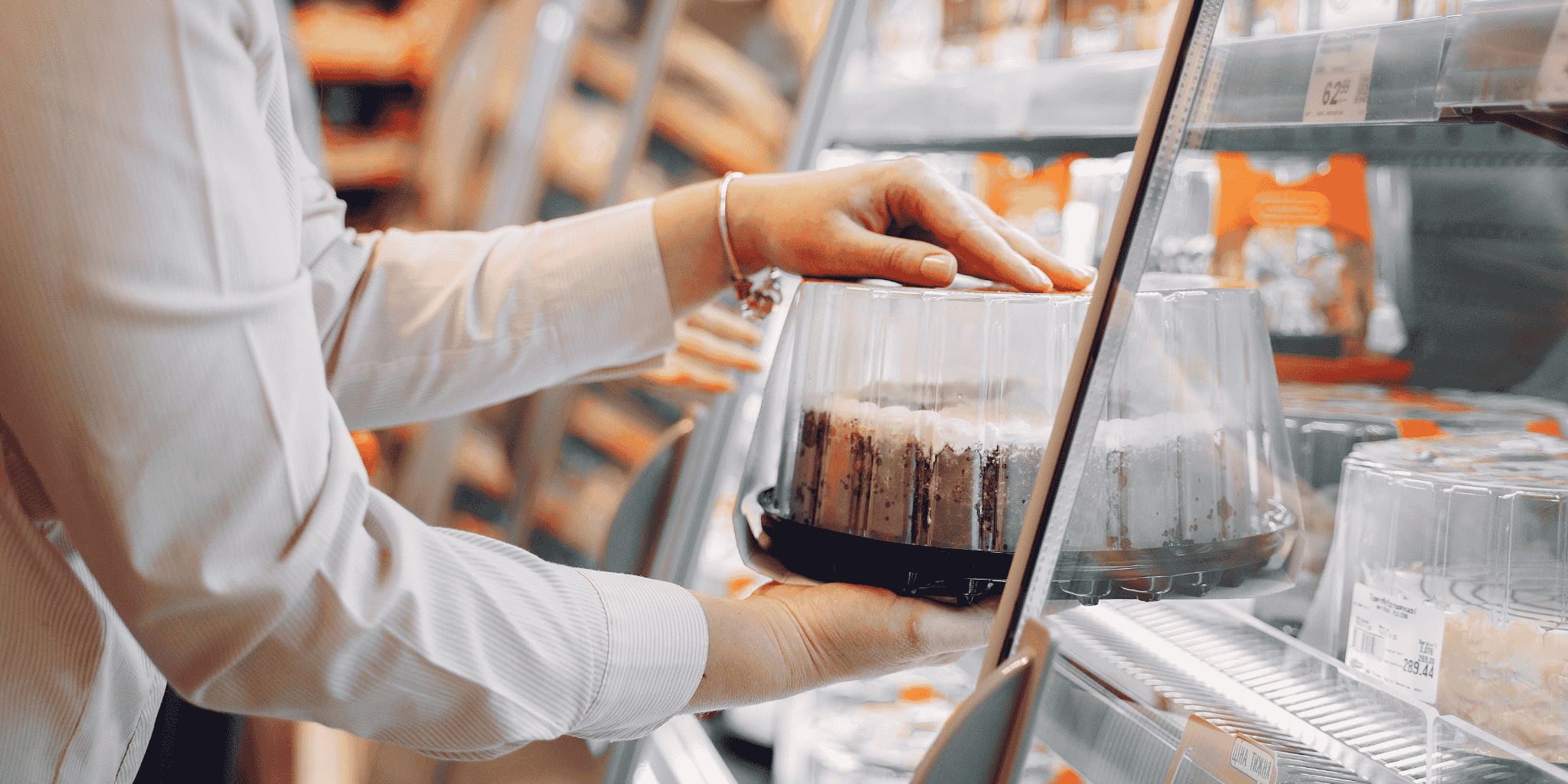Introduction to the Cake Care Guide
Cake making is both an art and a science, requiring precision, creativity, and a strong commitment to food safety. Whether you're a home baker in Manchester crafting treats for family or a professional pastry chef in London creating showstopping masterpieces, the principles of safe cake preparation are universal.
Every step in the cake-making process - ingredient selection, mixing, decorating, and serving - presents opportunities to ensure both exceptional quality and food safety. Maintaining clean workspaces, calibrating tools like thermometers, and adhering to hygiene protocols are just a few daily practices that elevate your craft and protect those who enjoy your creations.
This guide offers practical insights and expert advice to help bakers achieve outstanding results while prioritising safety and quality. By implementing these best practices, you can create memorable culinary experiences that combine aesthetic beauty, delicious flavours, and rigorous food safety standards.
What is a Cake Care Guide?
A cake care guide is a comprehensive resource designed to ensure the quality, safety, and presentation of baked goods from the moment they’re prepared to when they’re served. For bakers, it’s both an operational manual and a testament to professional standards.
Key Functions of a Cake Care Guide:
- Handling instructions: Proper methods to transport and present cakes without compromising their structure or safety.
- Storage guidance: Detailed advice on preserving flavour and texture while preventing spoilage.
- Safety standards: Insights into allergen management, hygiene protocols, and temperature control.
By adopting a well-structured guide, bakers can streamline processes, enhance product consistency, and uphold the highest food safety standards.
Cake Handling and Transport Instructions
Transporting cakes safely requires planning and precision to maintain their structure, freshness, and safety.
Cake transport tips:
- Packaging: Use sturdy cake boxes with secure lids to prevent movement. For tiered cakes, central dowels and non-slip mats are essential for stability.
- Temperature management: Keep cakes between 8-12°C during transport using insulated containers or cool bags. Use a digital thermometer to monitor conditions.
- Hygiene: Wash hands thoroughly, wear clean gloves, and sanitise transportation equipment to prevent cross-contamination.
Reflection point
How do you currently handle cake transportation?
Identify areas for improvement, such as better packaging or enhanced temperature monitoring, to minimise risks and ensure product quality.
Cake Storage Instructions and Shelf Life
Proper storage is crucial to preserve the taste, texture, and safety of your cakes.
Storage guidelines by cake type:
- Room temperature: Suitable for sponge cakes without cream or fresh fruit, stored in airtight containers for up to 2-3 days.
- Refrigeration: Necessary for cakes with cream, custard, or fresh fruit fillings. Store at 1-5°C and consume within 3-4 days.
- Freezing: Ideal for unfrosted sponge cakes, which can be stored for up to three months. Wrap securely in plastic wrap and place in freezer-safe containers.
- Thawing: Thaw frozen cakes gradually in the refrigerator to maintain texture and prevent moisture loss.
Cake Dietary and Allergen Information
Providing clear and accurate dietary and allergen information is essential for protecting customers and meeting regulatory standards.
Key allergens in cakes:
- Wheat, eggs, milk, nuts, and soya are the most common allergens found in cakes.
- Use ingredient lists and allergen matrices to clearly communicate potential risks.
Practical strategies:
- Offer alternative recipes using gluten-free flour, plant-based milk, or egg substitutes to cater to dietary needs.
- Implement robust allergen management systems to track ingredient provenance and prevent cross-contamination.
Ensure you adhere to Food Standards Agency guidelines to ensure your allergen declarations are accurate and transparent.
Cake Serving and Cutting Instructions
Proper serving and cutting techniques not only enhance presentation but also ensure food safety.
Cutting techniques:
- Use a clean, sharp, non-serrated knife. Dip the knife in hot water and wipe it dry between cuts for smooth slices.
- For circular cakes, cut from the centre outward; for rectangular cakes, section into even portions.
Food safety considerations:
- Ensure work surfaces and utensils are sanitised.
- Allow cakes to reach room temperature before cutting to maintain texture and reduce crumbling.
Reflection point
Are your serving practices maintaining hygiene and presentation standards?
Free Cake Care Card Template
A cake care card is a simple, professional tool used by bakers to share key information about handling, storing, and enjoying their cakes. These cards ensure your customers maintain the quality and safety of your creations while reinforcing your attention to detail.
Key Information to Include:
- Storage instructions: Indicate where and how to store the cake, such as "Store in the fridge at 5–7°C and consume within 3 days."
- Allergen information: Clearly list any allergens, e.g., "Contains wheat, eggs, and milk."
- Handling tips: Offer simple advice like "Avoid direct sunlight and remove from the fridge 30 minutes before serving."
- Contact details: Add your bakery name, logo, and contact information for a professional touch.
Design suggestions
Keep the card clean and easy to read with clear fonts and your branding. Consider adding simple icons or illustrations to make instructions stand out.
Including a cake care card with your orders not only ensures your customers enjoy their cakes at their best but also enhances their overall experience, reflecting your professionalism and commitment to quality.
Further Resources and Recommended Reading
Expanding your knowledge of cake care and baking techniques can enhance both your skills and professional reputation.
Recommended resources:
- Books:
- The Professional Pastry Chef by Bo Friberg
- Cake: A Slice of British Life by Michael Tattersall
- Courses:
- FoodComplianceHQ.com offers online training in cake care, food safety, and hygiene standards.
- Local institutes like London City & Guilds provide hands-on workshops and certifications.
- Trade Publications:
- Baking Today
- Professional Baker
Practical tip: Subscribe to industry magazines and attend workshops to stay updated on trends, regulations, and techniques.




